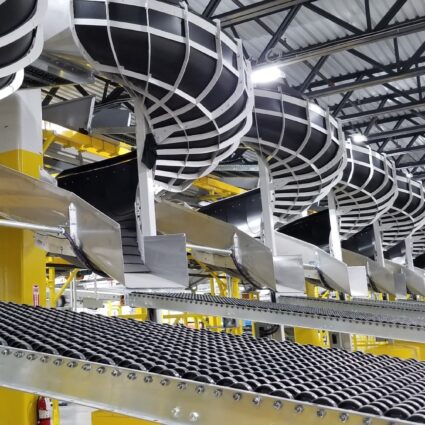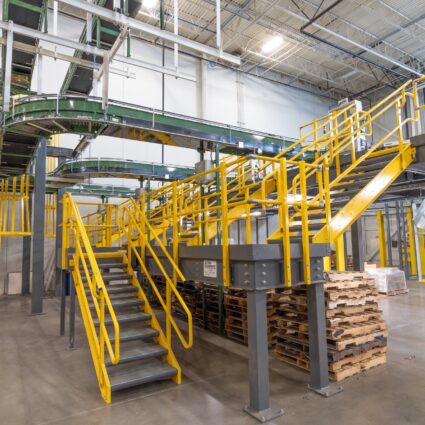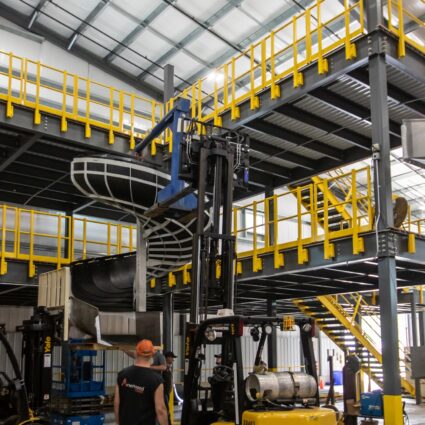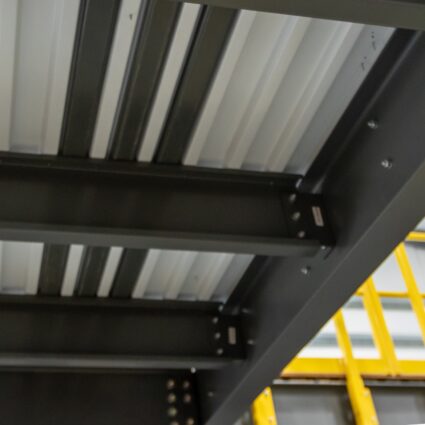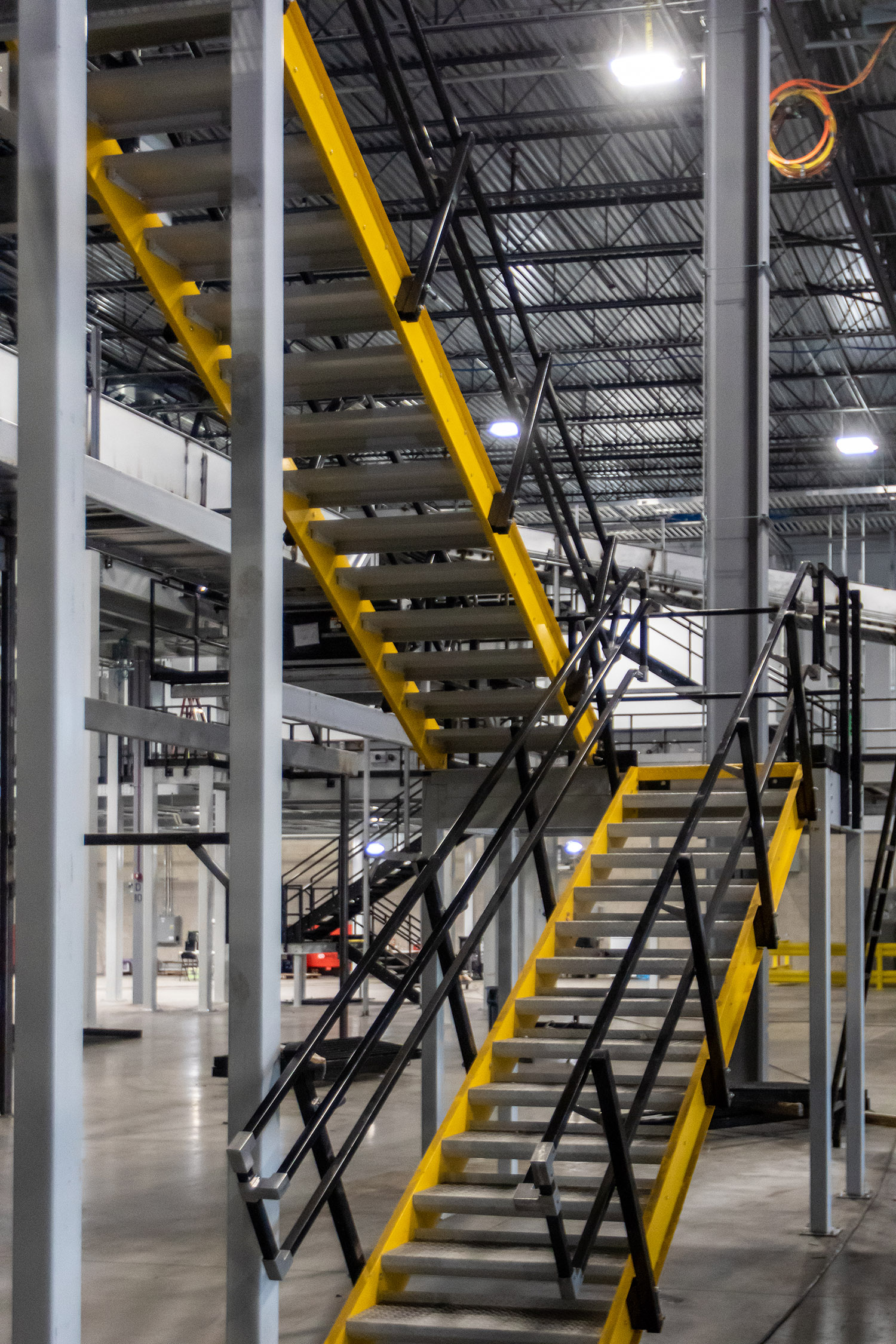
IBC vs OSHA Design
by Kevin O’Neill
Safety is one of the main concerns when designing a structure. After determining the structure’s use, knowing what codes and requirements need to be followed as key in creating the proper design. This month we are taking a look at two different standards that are used when building a structure: the International Building Code and regulations set by the Occupational Safety and Health Administration.
The International Building Code (IBC) is an agreed-upon set of minimum building requirements to provide industry standards for structural, plumbing, electrical, fire protection, and other general construction areas. All U.S. states and territories generally adopt this code with local amendments per jurisdiction. The IBC references different industry standards and regulations written by professional organizations like the American Institute of Steel Construction (AISC) and the American Society of Civil Engineers (ASCE). The purpose of these regulations is to help standardize the construction and design of buildings in a manner that is agreed upon by design professionals, enforcement officials, and industry representatives and protects the public health, safety, and welfare. IBC is the governing code for almost all construction unless a stricter or more specific code is agreed upon by the customer or authority having jurisdiction (AHJ).
For the design and construction of maintenance and storage platforms, many provisions of the IBC may not apply or have exceptions based on the building’s occupancy or structure. The occupancy classification is typically determined by an architect based on the use or primary purpose of the building or structure. The material handling industry platforms usually fall under the Factory group (F) or Storage group (S). These occupancies’ economic advantages are realized in many egress and fall protection components, including stairs and guardrails. Lighter construction with minimum requirements per the IBC code is more cost-effective for design, construction, and material.
The Occupational Safety and Health Administration (OSHA) is a government body created to ensure safe and healthy working conditions by setting and enforcing standards. OSHA has developed regulations for General Industry (1910), which all fixed platforms need to comply with. For platform design, the most important sections are 1910 Subparts D and E, which dictate the design requirements for stairs, ladders, and fall protection (i.e., guardrails).
IBC requirements dictate the loading for sizing members of the platform structure. For detailing the other components (stairs, railing, ladders, etc.), the platform’s occupancy and use can dictate either IBC or OSHA provisions controlling. IBC provisions are more stringent than OSHA provisions, but they are very similar to the material handling industry. See Technical Tip No. 6 “How to Calculate the Footprint of Stairs and Ladders” for a more detailed discussion on differences between IBC and OSHA requirements.
Understanding the difference between IBC and OSHA is essential when starting a new project. Having clear guidelines from the start can speed up a process and get a project completed sooner and safer. Steele Solutions, Inc works hard to ensure that all structures are designed to the requirements dictated by IBC and OSHA. The integrity of each structure is always a priority.

